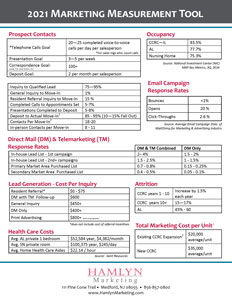Have you ever received an email that made you say, “I have no idea what he is talking about,” or “I can’t believe she put that in print!”
Or…have you ever received a response to one of your emails that said, “I can’t understand what you want me to do,” or “NOT INTERESTED!!!!!!”
Before digital dialogue was part of our communication culture, the most available way to establish personal and business contact was to place a phone call or visit face to face. Nowadays, text, email and internet are almost universally accepted as legitimate tools for making introductions, saying hello, soliciting sales, negotiating deals and closing them, too.
Without a doubt, digital dialogue is here to stay. Since it can be an important factor that determines whether relationships flourish or deteriorate, it is essential to understand the upside and downside of”talking” via the printed word.
Some of the best benefits include:
- Speed and convenience
- Documented paper trail of accountability
- Wide reach to multiple people at one time
- Easy communication across time zones
- Reduced paper (which saves trees)
- Contact without interruption
- Shield during necessary communication with difficult or confrontational personalities
But there are hazards, too:
- Misinterpretation due to absence of inflection, facial signals and subtle body language
- Anxiety if lag time between message delivery and response is perceived by sender or receiver as too great
- Compromised skill with conversation etiquette
- Less impact and/or intimacy than a face-to-face exchange
- Veil of invisibility that provides a false sense of distance or safety when delivering thoughts too uncomfortable to share face-to-face
- Indisputable record of conversations best left out of print
- Perception of carelessness or stupidity
- Reduced spelling accuracy and weakened writing skills
- Text miscommunication because of auto-correct
- Omission of important details that don’t make the leap from writer’s mind to written message
Texts, emails or internet inquiries, no matter how well written, will never be a substitute for spoken or in-person conversations. Hamlyn suggests the following tips to strike a smart balance of communication styles and to make wise use of digital dialogue.
- Be comfortable that what you put out there might be read by someone other than your recipient. Email is not always private.
- Ask an objective third party to read critical written. Communication to ensure that intention and message align.
- Regulate emotions before hitting send. Once you do, messages are difficult to retrieve.
- Differentiate your correspondence from the volume of messages that fill inboxes. Other than font or color changes, most text, email and web communication looks similar.
- Turn off your caps lock key. NO SHOUTING!
- Spell check, every time.
- Sign your message with an appropriate closing and your name.
- Integrate face-to-face and phone exchanges into business dealings regularly.
- Send hand-written notes periodically to break up the monotony of typed words on a computer or phone screen.
- Follow up and follow through in a timely manner.




 Download the 2021 Marketing Insights and Trends Report
Download the 2021 Marketing Insights and Trends Report Sign up today and receive a PDF copy of Hamlyn’s 2020 Sales Training & Coaching Information
Sign up today and receive a PDF copy of Hamlyn’s 2020 Sales Training & Coaching Information